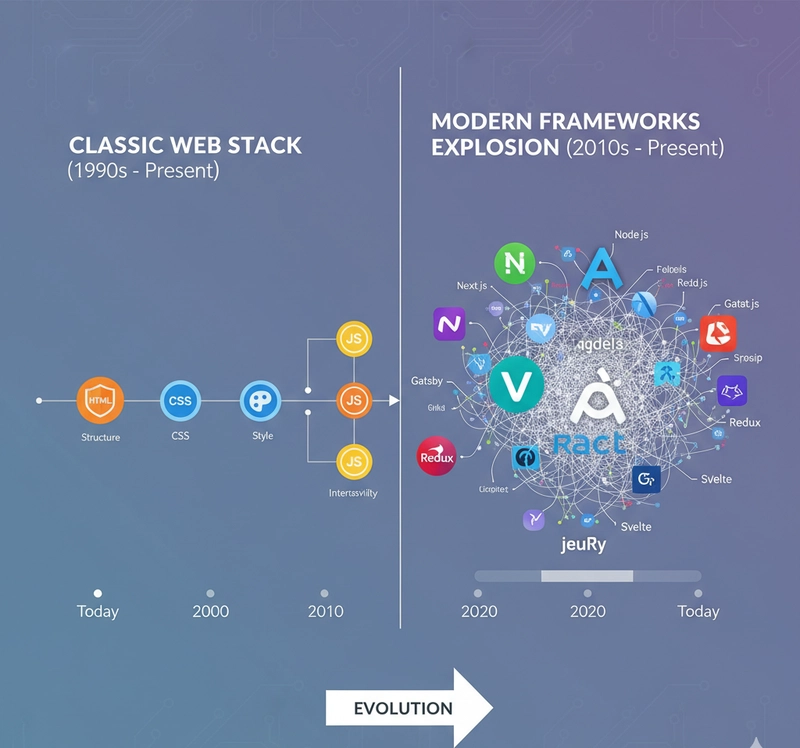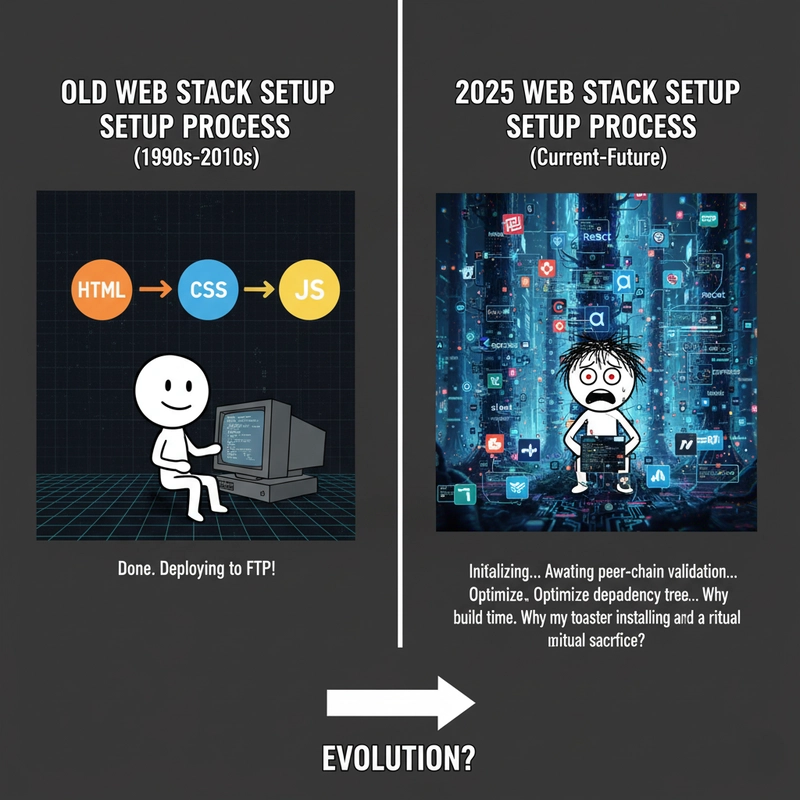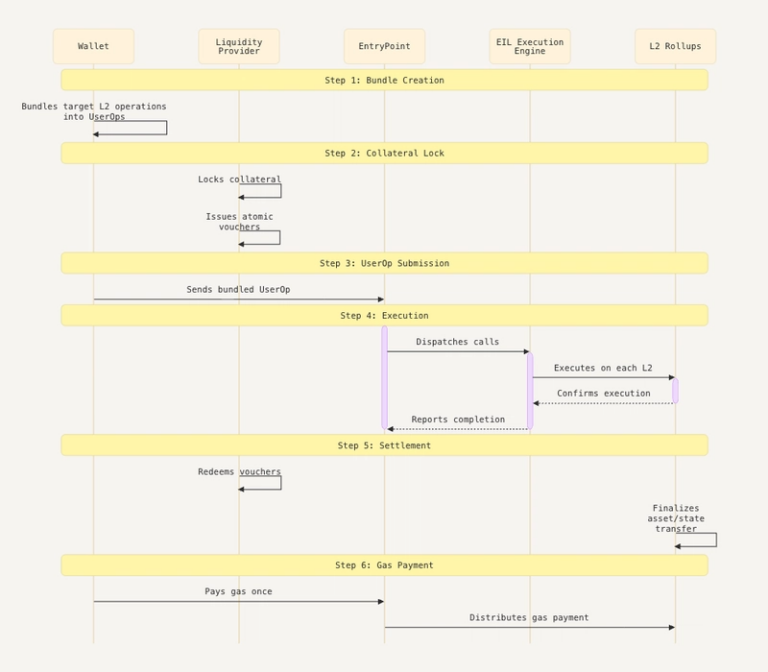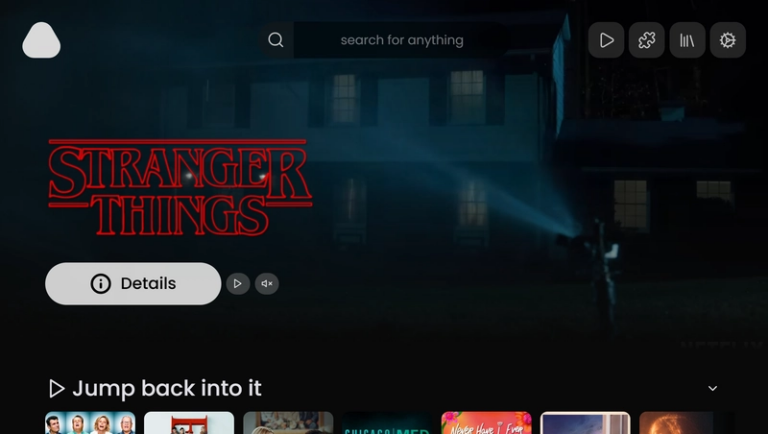Is Web Development Fragmenting Into Too Many Stacks?
The modern web development world is both exciting and exhausting.
Every month seems to bring a new framework, build system, or runtime claiming to “simplify” your workflow — yet somehow, things feel more complicated than ever.
So, are we innovating, or are we fragmenting ourselves into chaos?
1. The Golden Age of Simplicity
There was a time — not too long ago — when web development was almost peaceful.
You picked:
- HTML for structure
- CSS for style
- JavaScript for interactivity
…and maybe jQuery if you were feeling fancy.
Your deployment was just “upload to FTP.” Done.
That era had limitations, but it also had clarity. Everyone spoke the same language — literally.
2. The Explosion of Stacks
Fast forward to 2025, and we’ve got a landscape that looks like this:
- Frontend: React, Vue, Svelte, Solid, Qwik, Astro, Next.js, Nuxt, Remix, Angular, and even fresh players like Fresh or Marko.
- Backend: Node.js, Deno, Bun, Go, Rust, Python (FastAPI, Django), PHP (Laravel), .NET, Ruby on Rails.
- Databases: MySQL, PostgreSQL, MongoDB, Redis, Supabase, Neon, PlanetScale, Turso…
- Runtimes & Environments: Docker, ServBay, Fly.io, Vercel, Cloudflare Workers, Bun, etc.
- Build tools: Vite, Webpack, ESBuild, Rollup, Turbopack, rspack — the list goes on.
For new developers, this is overwhelming. For veterans, it’s tiring.
You spend more time choosing your stack than building your product.
3. Why This Fragmentation Happened
It’s not chaos for chaos’s sake.
The reasons are real:
- Specialization: Each stack optimizes for a specific problem — static sites, real-time apps, streaming UIs, edge computing.
- Performance & DX (Developer Experience): Newer tools aim to fix speed bottlenecks or simplify developer ergonomics.
- Shift to Edge & Multi-Device: Apps now run on phones, browsers, servers, and even edge functions worldwide — old stacks weren’t designed for that.
- Corporate backing & open-source evolution: Companies like Meta, Vercel, and Cloudflare push their ecosystems forward fast — sometimes too fast.
This innovation cycle is healthy… until it starts eating its own tail.
4. The Developer Experience Paradox
Every new framework promises less complexity — yet each adds another layer.
Instead of HTML/CSS/JS, you now have:
- JSX or TSX
- Tailwind or CSS-in-JS
- Node + Next.js + Vite + Docker + CI/CD + Cloud runtime
A single landing page might now involve five build steps and three config files.
You end up debugging YAML instead of writing features.
5. The Rise of “Meta Stacks”
Ironically, we’re now seeing tools to simplify the simplifiers.
Platforms like ServBay, Docker Desktop, and DevPod exist to manage multiple dev environments — essentially saying:
“Your stacks are too many, let’s organize the chaos.”
These “meta stacks” let you:
- Run different environments (PHP, Python, Node, etc.) without breaking dependencies.
- Test multiple versions side-by-side.
- Switch projects without reconfiguring your machine every time.
Instead of fighting the fragmentation, they make it manageable.
6. Is This Just the Natural Evolution?
Maybe fragmentation isn’t bad — it’s just the sign of a maturing ecosystem.
Think about it:
- In 2005, “the web” was mostly documents.
- In 2025, it’s real-time apps, machine learning dashboards, 3D experiences, and API-driven everything.
One single stack can’t possibly do all that elegantly.
The diversity reflects ambition — not failure.
But we do need guardrails: interoperability, better documentation, and tools that unify workflows instead of fragmenting them further.
7. The Way Forward
Here’s what might define the next phase of web development:
- Consolidation — Frameworks merging ideas (e.g., React Server Components, SolidStart, Qwik City).
- Local-first workflows — Developers using tools like ServBay or Bun to spin up multi-language stacks instantly.
- Runtime abstraction — We’ll care less what runs the app, more about how fast and where.
- Less config, more convention — “It just works” will be the ultimate developer experience.
8. Final Thoughts
The web is fragmenting — but maybe it has to.
Each tool, framework, and runtime is a piece of a larger experiment to find better ways to build and deliver software.
Some will fade, others will merge, but what remains is a web ecosystem that’s endlessly evolving.
The key for developers isn’t to learn everything, but to master how to learn — and use tools that help you manage complexity instead of drowning in it.





